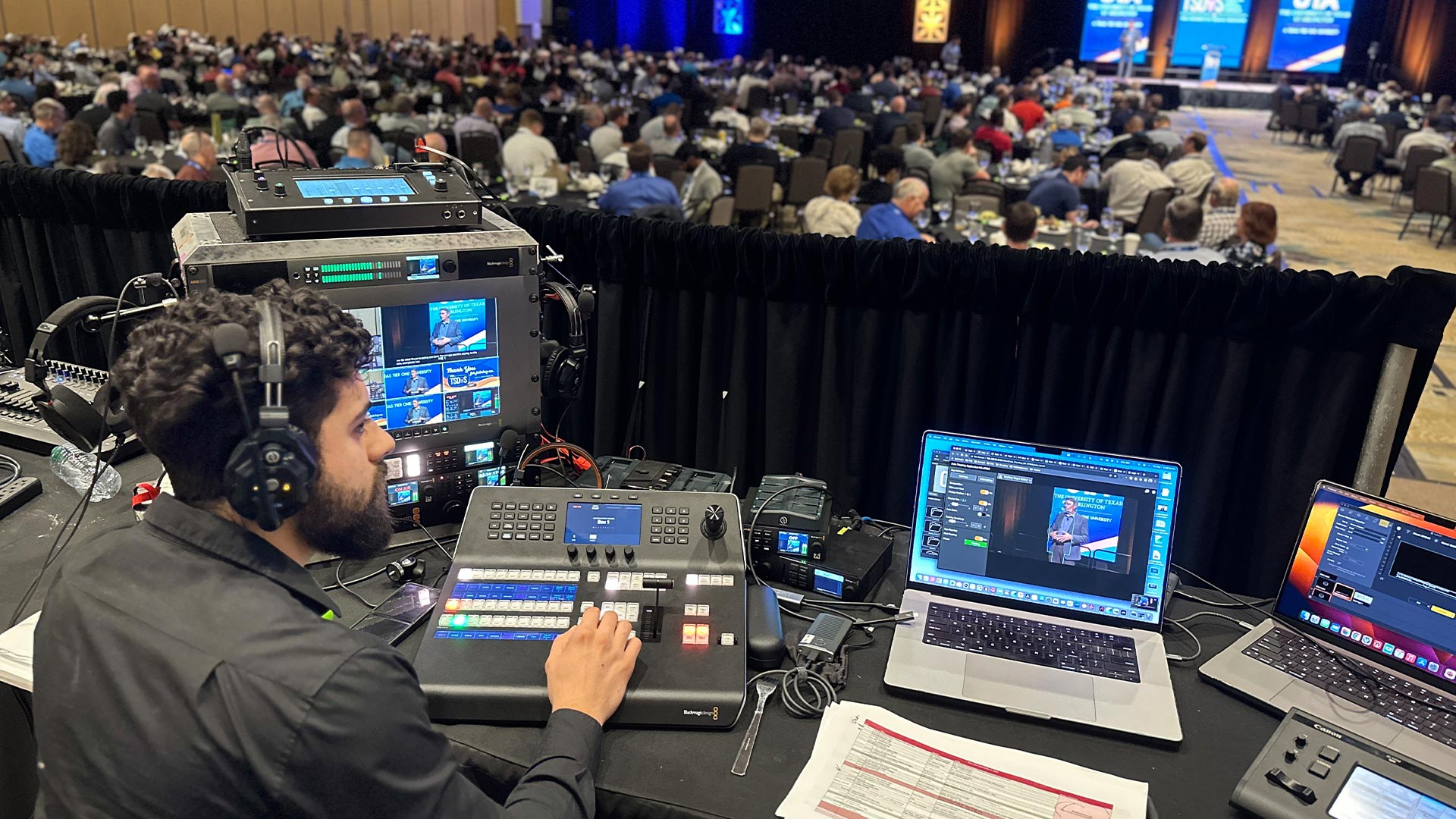
You’ve spent months planning the perfect event, but what if your audience didn’t have to miss a single moment? Events live streaming is no longer a backup plan or a trendy add-on—it’s a full-on revolution in how we connect, engage, and expand our reach. Imagine taking your event from a single room to thousands of screens worldwide, bringing in viewers who couldn’t be there in person but who will feel as if they’re sitting in the front row.
Whether you’re streaming a corporate conference, a concert, or a product launch, this guide is your playbook for doing it right. You’ll learn how to craft a seamless live streaming experience, from choosing the right platform to keeping viewers hooked until the final moment. Ready to make your next event more than just a gathering? Let’s break down exactly how to make events live streaming your secret weapon for creating unforgettable experiences.
Gone are the days when your event was limited to the people in the room. Live streaming has transformed the event landscape, breaking down geographical boundaries and expanding the potential reach of your audience by thousands, or even millions. Here’s why live streaming is crucial:
The COVID-19 pandemic changed the game, pushing most events online. Now, hybrid events (a combination of in-person and virtual experiences) are the future. Live streaming has become essential to seamlessly merge these two worlds, catering to both in-person attendees and virtual audiences.
To create a live stream that resonates, you need to understand your audience. Streaming isn’t just about hitting the "Go Live" button—it’s about creating a tailored experience that keeps viewers engaged from start to finish.
Before you start planning your event, ask yourself:
Understanding audience behavior is critical. Virtual attendees are more likely to get distracted, so you need to plan for shorter, more dynamic content with interactive elements:
Not all platforms are created equal. The right platform depends on your event’s goals, audience size, and technical needs. Let’s break down a few options.
Let’s face it: great content won’t shine if your tech setup is subpar. Here’s what you’ll need to get your event live-stream ready.
Clear audio is more important than crystal-clear video. Don’t rely on built-in mics—upgrade to external microphones like the Rode NT-USB or Shure SM7B for rich, clear sound.
Good lighting can make or break the professionalism of your stream. Ring lights are an affordable option for face lighting, while softbox lighting kits offer more flexibility for larger spaces.
Now that your tech is set up, it’s time to rehearse and ensure everything runs smoothly on the big day.
Conduct multiple test runs, covering everything from video and audio to your content and transitions. Technical glitches are inevitable, but you can avoid most by rehearsing thoroughly.
Just because you’re streaming doesn’t mean you can slack on presentation. Your speakers need to be dynamic and engaging. Here are some tips:
Live streaming offers unique ways to make your audience feel involved. Here’s how to keep them engaged:
Turn passive viewers into active participants:
No one will show up to your live stream if they don’t know about it. Promotion is key.
Create 30-second teaser videos or countdown graphics to share on social media, building excitement before the event.
Get influencers, speakers, and sponsors involved in promoting your stream. Their audience becomes your audience.
Send out invitations, reminders, and follow-ups with registration links. Ensure they’re catchy and informative to grab attention.
If you're looking to generate income from your live stream, consider these monetization options:
Offer tiered tickets: free access for basic viewers and VIP packages for behind-the-scenes content or exclusive Q&A sessions.
Incorporate sponsor shout-outs and subtle product placements during the event. Make sure it feels natural and doesn’t disrupt the flow.
Sell on-demand access to your live stream or exclusive content that wasn’t available during the live event.
The value of your live stream doesn’t stop when the event ends. Here's how to keep the momentum going:
Allow people to watch your event later for free or for a fee. On-demand video adds long-term value to your content.
Break down the stream into shorter clips and highlights. Share these across social media, blogs, or even email newsletters.
Send out post-event surveys to your viewers. Their feedback is gold for refining your future live streams.
Live streaming is here to stay, and if you master it now, you’ll be well ahead of the game. With the right planning, equipment, and engagement strategies, you can turn any event into a global experience that resonates long after the cameras stop rolling.
So, what’s next? Start planning your live stream today, experiment with your audience engagement, and keep refining. Remember, the future of events is hybrid, and the best way to thrive is by embracing the power of events live streaming.